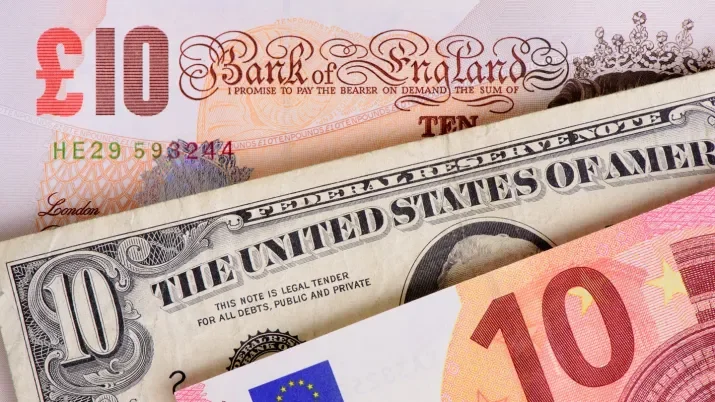50 or 75? Across the board - both are live
Last week, Fed Chairman, Jerome Powell, used its flagship Jackson Hole event to send a clear message to the markets: there will be “restrictive policy stance for some time”. This, Powell argued, is a necessity to regain a grip on inflation even if it may inflict “some pain to households and businesses”. The notion that the Fed were not getting carried away with August’s encouraging inflation release had already been signalled by other FOMC members, we believe prudently, prior to Jackson Hole, so it probably shouldn’t have come as a huge surprise. Nonetheless, this confirmation, from the consensus voice of the Chair, that the job was not yet done on inflation led to an increase of the market’s implied terminal Fed Funds rate and risk assets selling off, with the S&P dropping more than 3% on Friday. Non-voting Fed member, Neel Kashkari, followed this up by saying “I was actually happy to see how Chair Powell's Jackson Hole speech was received,” and that “people now understand the seriousness of our commitment to getting inflation back down to 2%”.
Powell, was less revealing, however, on the size of hike markets should expect in the upcoming September meeting. Indeed, next month looks set to be a very important period for central bank meetings, with rate decisions from the Fed, ECB and BoE all in the space of two weeks. As we speak, the markets are evenly split between whether we see 50 or 75bp hikes from each of the central banks and decisions could be dependent on the data leading up to it. With important releases such as CPI, ISM surveys, employment and PPI data across their respective geographies all on the way, we think these will probably determine what magnitude of hike we get from Powell, Lagarde and Bailey.
However, as is often the case, the rhetoric surrounding the hikes could be much more important. From the ECB, we have updated economic forecasts which will now surely include more realistic higher energy prices baked in for the foreseeable future. While the Bank of England should have more clarity over a new UK Government as the Conservative leadership election draws to a close and must attempt to cement greater credibility with the markets in the face of increasing UK inflation predictions. In particular, for Lagarde and Bailey we see this as a chance to underline their commitment to inflation and set out their outlook for the rest of 2022 and next year, just as Powell did at Jackson Hole. And even though we’ve just heard from the Fed, and hear from FOMC members frequently, the latest release of the Fed’s Dot Plots will be very interesting, particularly whether the FOMC members’ predicted terminal rate has actually increased, or whether Powell’s recent comments were just reaffirming a commitment to the pre-existing forecasts.
Andrew Bailey said earlier on this year that in the world of central banks, there is always another meeting – however, currently each meeting seems to have the seismic importance of a Jackson Hole event!



